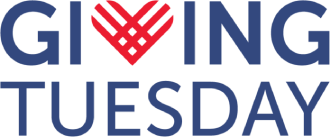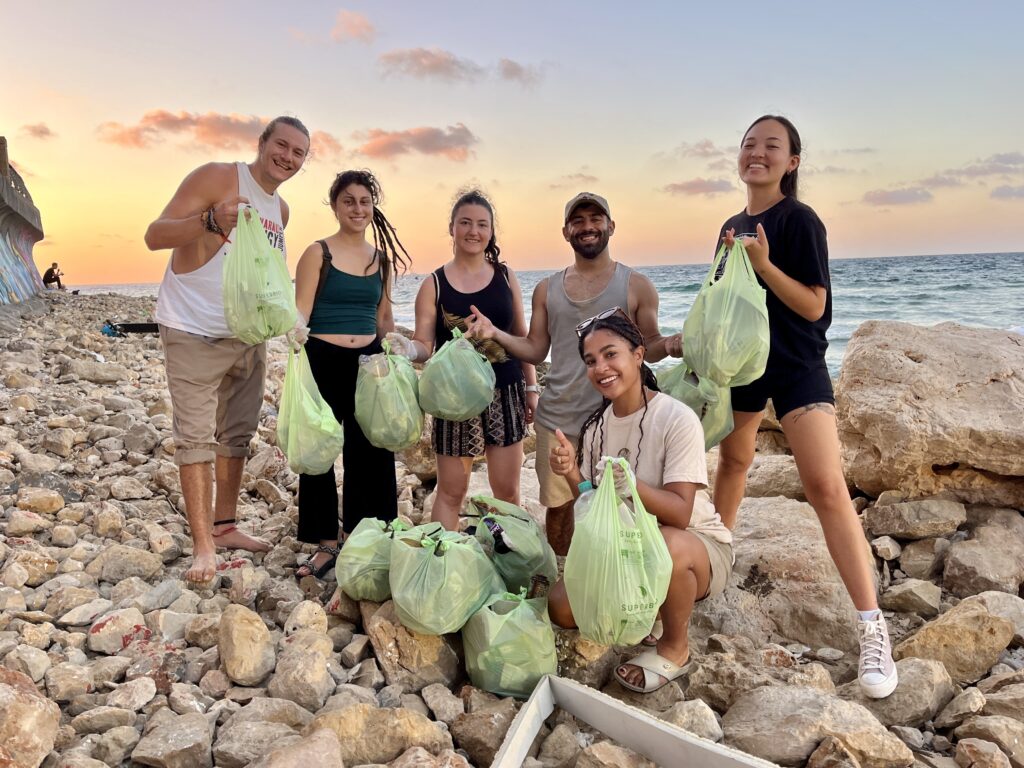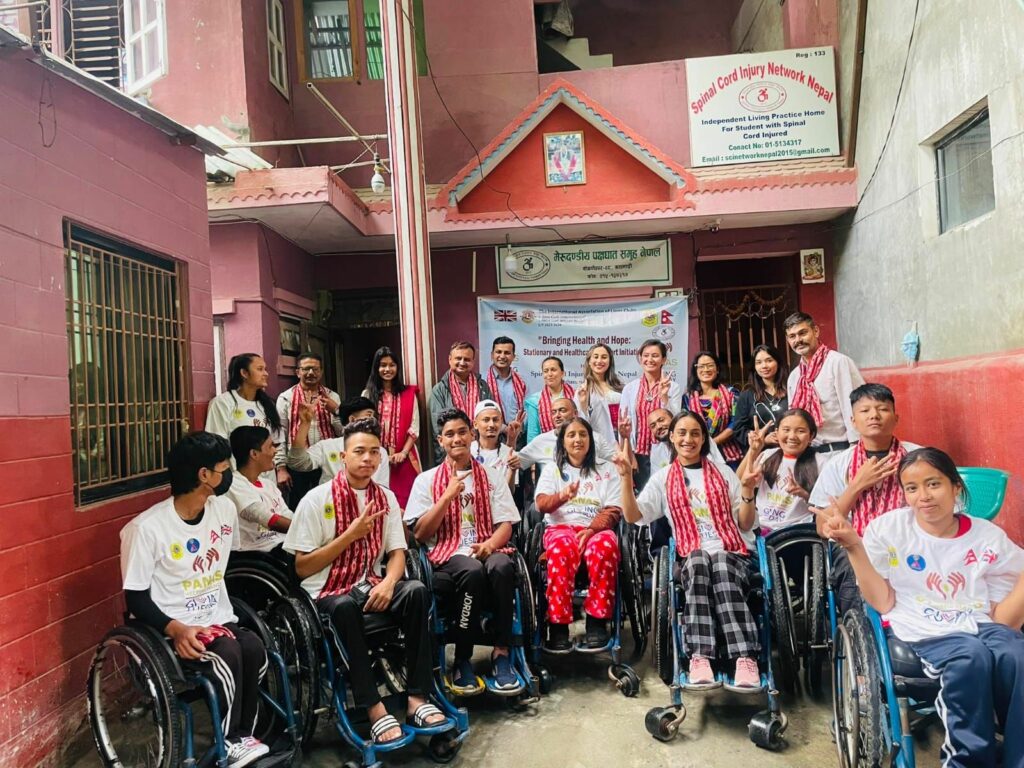GivingTuesday is powered by an interconnected global ecosystem of leaders inspiring generosity in their countries and communities. Since its launch in 2012, GivingTuesday has grown to include more than 75 official country movements around the world, each led by passionate local leaders. These leaders adapt the movement to local cultures and traditions to inspire people to make the world a better place, one generous act at a time. They also form a collaborative community, exchanging ideas, coordinating shared campaigns, and building a knowledge bank of best practices. During GivingTuesday’s Leader Summit, we asked a few of these country movement leaders to share their creative approaches for driving excitement and participation for their local GivingTuesday efforts.
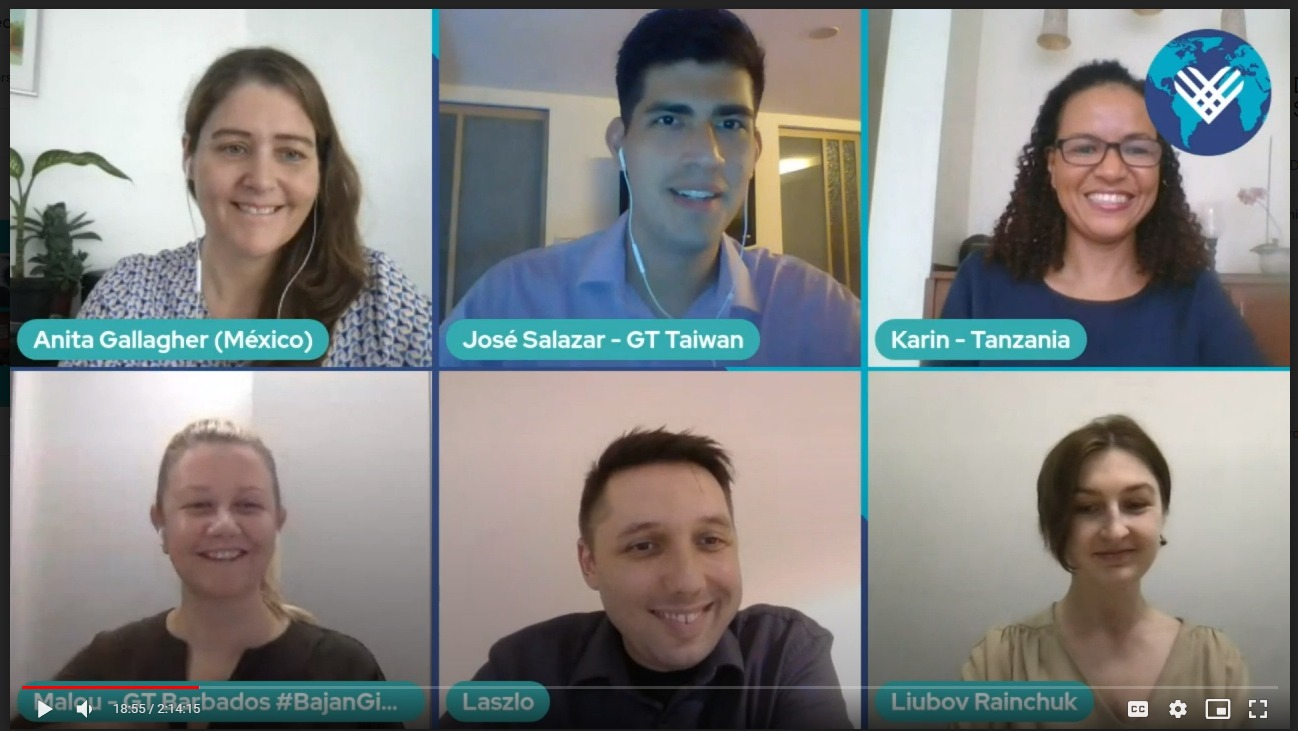
GivingTuesday global leaders share their strategies for building country movements that reflect local cultures.
Amplifying Diverse Voices
GivingTuesday lifts the voices of people from all walks of life. Storytelling is a simple yet powerful way to put the spotlight on giving in all its forms and opens the door to new allies.
Mexico
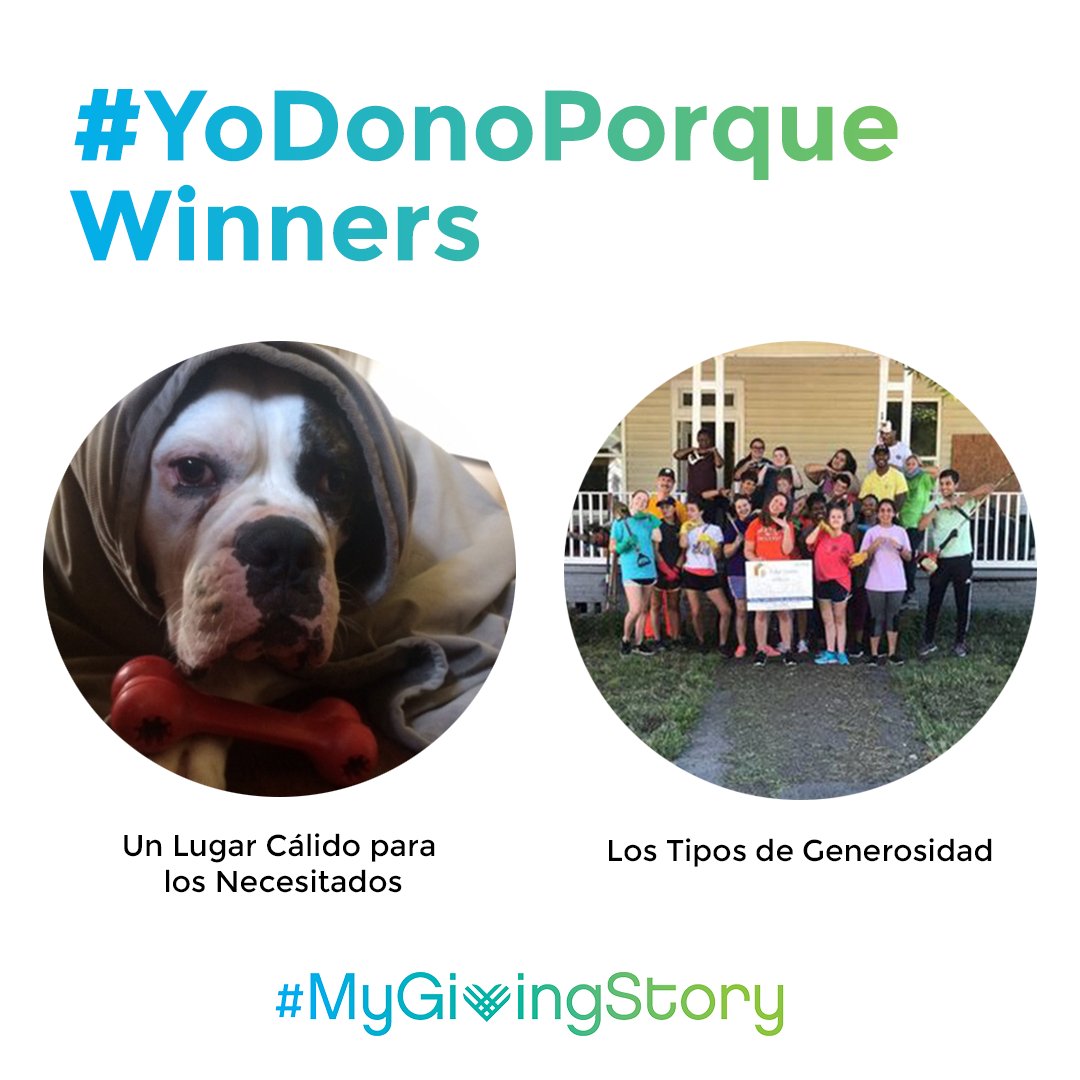
#YoDonoPorque winners were highlighted on social media by #UnDiaParaDar Mexico
“Everyone can be the protagonist in their giving story,” said Anita Gallagher of #UnDíaParaDar Mexico, Mexico’s GivingTuesday movement. “Mexico has a culture that says giving should be anonymous,” Gallagher said. They’re shifting that notion with their campaign, #YoDonoPorque, which invites people to share how they give back. It overlaps with Mexico’s Independence Day and speaks to generosity as a core value of Mexican identity. People have been receptive to sharing stories because the ask comes directly from individual organizations. The stories are combined with compelling graphics that nonprofits share as social proof, resulting in greater trust in donating, the nonprofits, and GivingTuesday in general.
Tanzania
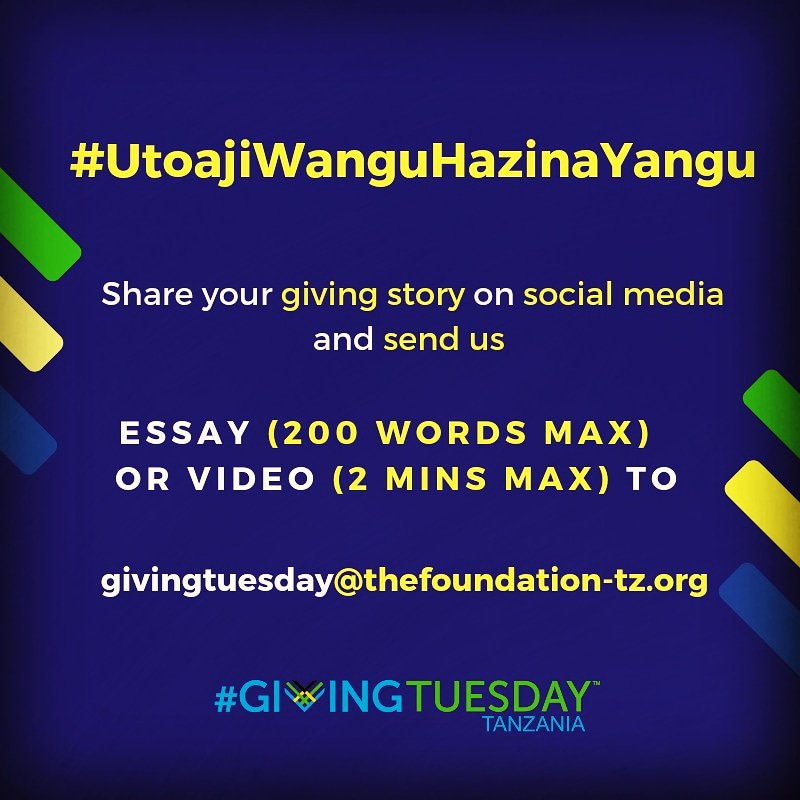
GivingTuesday Tanzania hosted a social media campaign to collect giving stories.
In Tanzania, where local giving traditions are often informal—revolving around weddings, assisting extended families, and faith-based giving—#MyGivingStory has been a catalyst for energizing people and changing ideas around generosity. “Documenting our stories of giving was a new thing,” said Karin Rupia of GivingTuesday Tanzania. “Being able to browse through past years’ giving stories allows us to share them today as inspiration. They allow us to connect offline and online communities.” Civil society organizations have been instrumental partners in gathering people’s stories offline and sharing them online. This approach has helped elevate voices we don’t typically get to hear.
💡 See how these storytelling campaigns engage a wide variety of givers.
Connecting to Local Traditions
When GivingTuesday began back in 2012, it was a single day that encouraged everyone to give back. Today, GivingTuesday events pop up all over the calendar, and “local” can mean people who are physically far away.
Romania
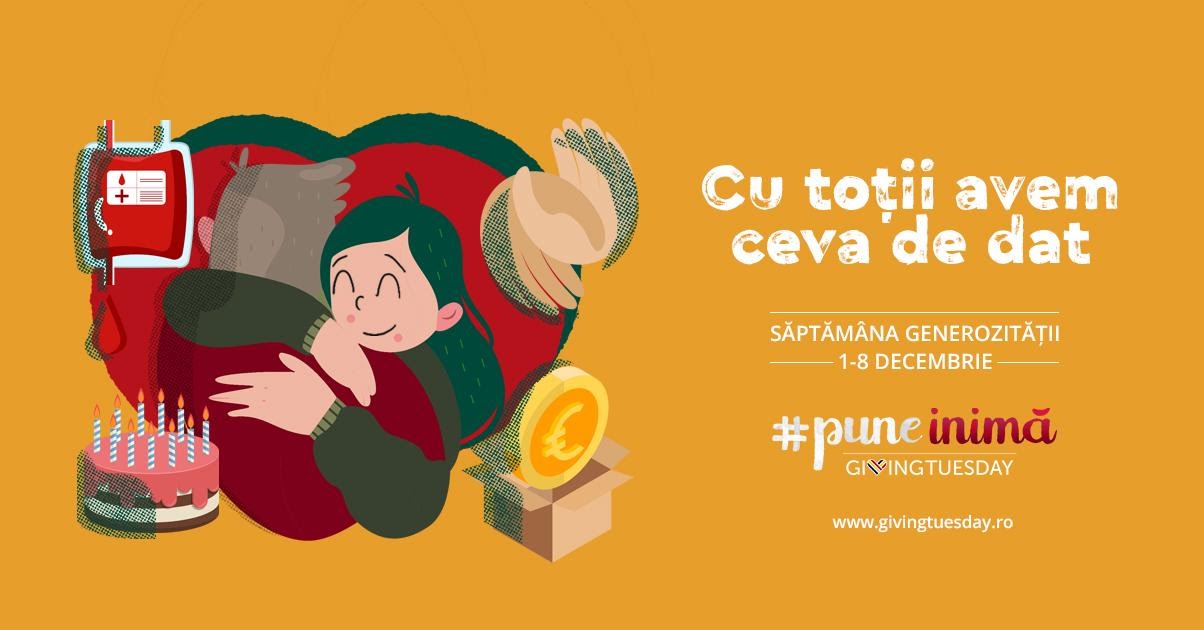
GivingTuesday Romania encourages all acts of giving during its 8-day generosity festival.
Romania has celebrated GivingTuesday since 2017. Laszlo Bodor of GivingTuesday Romania said bank holidays were reducing one-day participation, so in 2020 the celebration became an eight-day “generosity festival.” They suggest specific activities, like donating blood or volunteering. A series of videos feature testimonials about what it means to both give and receive and form the centerpiece of the campaign’s digital communications. An ever-evolving “generosity map” literally illustrates the various ways of giving, which has proven useful for social media communications. Bodor said having more time also increased opportunities to reach more people via online channels, TV, radio, and print media.
Barbados
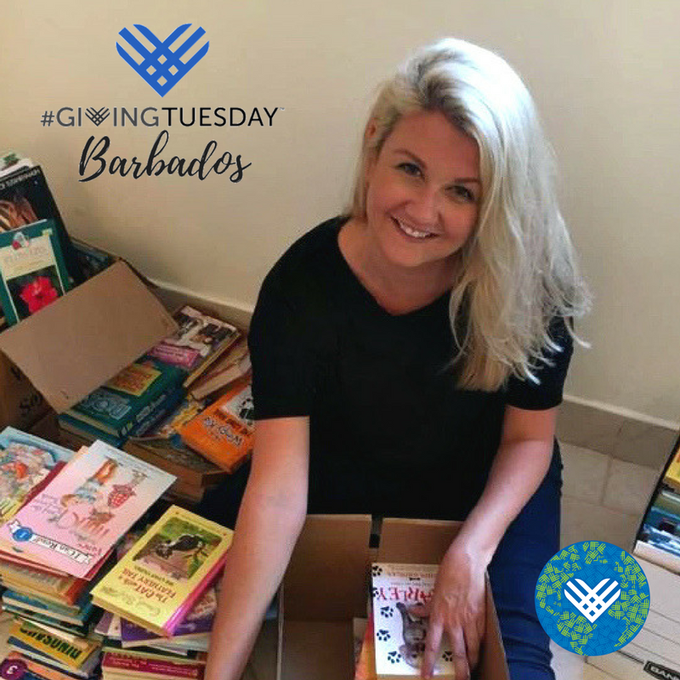
GivingTuesday Barbados organized a book drive to encourage generosity on the island.
The small island nation of Barbados faces unique challenges, said Malou Morgan of GivingTuesday Barbados, which began in 2017 with the hashtag #BajanGiving (islanders refer to themselves as Bajan). Limited access to online fundraising platforms, plus a large diaspora living off the island—four times as many Barbadians live off-island as on and are always looking for ways to give back—meant organizing practical, physical celebrations. Blood drives show people the crucial need for blood on the island and help quell fears around donation. A children’s book drive has been a runaway success, particularly with the Barbadian diaspora, garnering thousands of books that get delivered to community partners.
💡 Learn more about connecting with local traditions.
Getting Creative Around Your Brand
GivingTuesday encourages local movements to customize their branding to connect with local traditions while uniting people in generosity. Here’s how two countries developed their logos.
Ukraine

GivingTuesday in Ukraine has incorporated its unique logo with its social media content and “good deeder” mascot.
When Ukraine launched its first campaign in 2018, Liubov Rainchuk of GivingTuesday Ukraine came up with the “heart clip,” a riff on the GivingTuesday heart logo that anyone can craft from an ordinary paper clip. In design form, the heart clip logo is modern, minimalistic, and easy to animate. Participating organizations transform it into everything from baked goods (with the tagline “Bake Someone Happy”) to a dove holding an olive branch (“Give Hope”). It’s also used with GivingTuesday Ukraine’s cute animated hero, Droryatko (“good-deeder”), who’s shown holding the heart clip while sharing inspiration with kids.
Taiwan
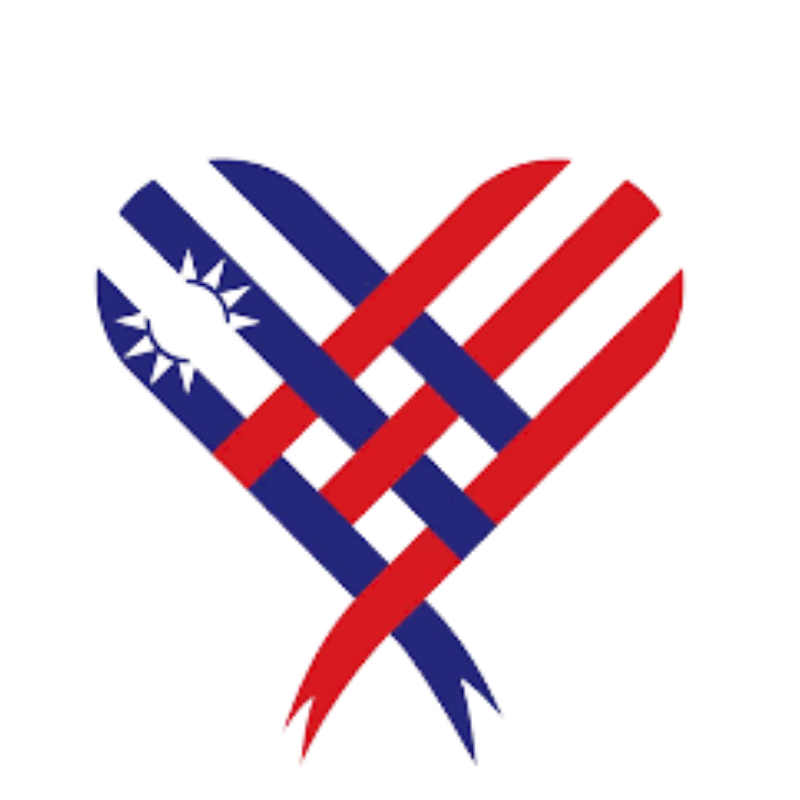
GivingTuesday Taiwan hosted a contest to design and select its logo for the country movement.
GivingTuesday Taiwan hosted its first event in 2017. Country movement leader José Salazar said their early challenges included low stakeholder awareness and engagement around the GivingTuesday brand and concept. So they empowered the community to enter logo designs in a contest. More than 80 submissions rolled in, with many representing cultural touchpoints like local foods, animals, and the national flag. Finalists went up for a vote on GivingTuesday Taiwan’s Facebook page, which helped further build engagement and awareness. The winning design features colors from the Taiwan flag and the GivingTuesday heart. (In the GivingTuesday spirit of community and sharing, one of the top 10 designs is now the logo for GivingTuesday Chile.)
💡 Get more inspiration on creative branding from these leaders.
Looking for more ideas? You’ll find a ton of support and inspiration from GivingTuesday leaders around the world and on our Resources page.

